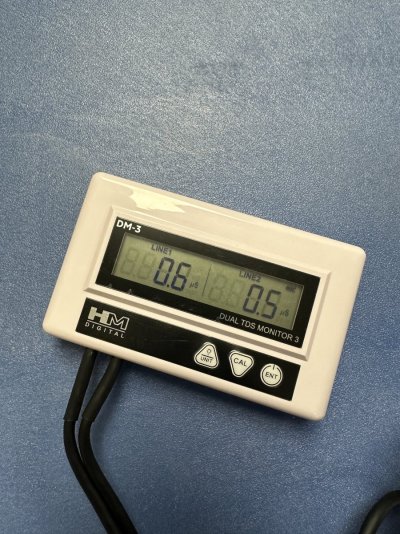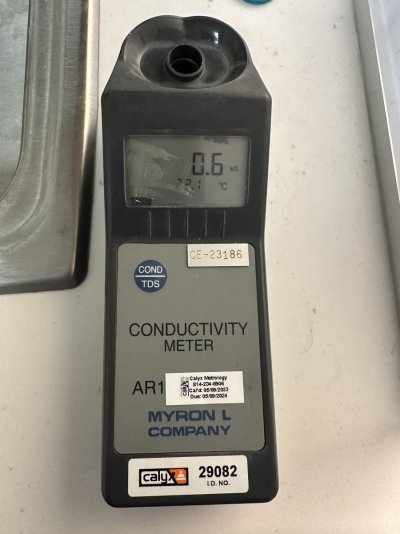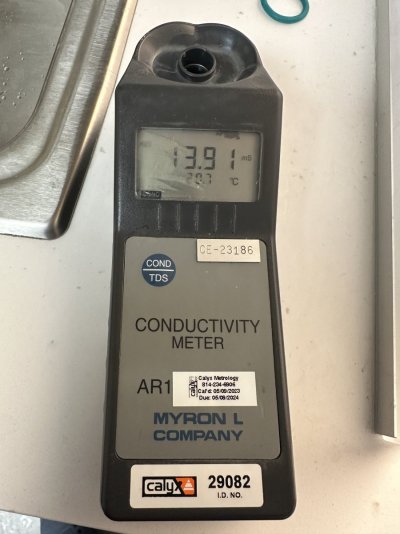Brought to the Marine Aquarium hobby first by Buckeye Hydro!
We want to introduce to you the new DM3 Dual Inline EC/TDS Monitor

You're probably already familiar with the DM1 (blue face), DM2 (white), and TRM3 (green face) meters. HM Digital now offers another inline monitor to the family. The DM3 shows readouts from both probes simultaneously, and you can select readouts in electrical conductivity (EC) or in ppm (or ppt) TDS. You can find more details here: https://www.buckeyehydro.com/dm3-dual-inline-ec-tds-monitor/
We have the monitors in stock and ready to ship!
We want to introduce to you the new DM3 Dual Inline EC/TDS Monitor
You're probably already familiar with the DM1 (blue face), DM2 (white), and TRM3 (green face) meters. HM Digital now offers another inline monitor to the family. The DM3 shows readouts from both probes simultaneously, and you can select readouts in electrical conductivity (EC) or in ppm (or ppt) TDS. You can find more details here: https://www.buckeyehydro.com/dm3-dual-inline-ec-tds-monitor/
We have the monitors in stock and ready to ship!

















